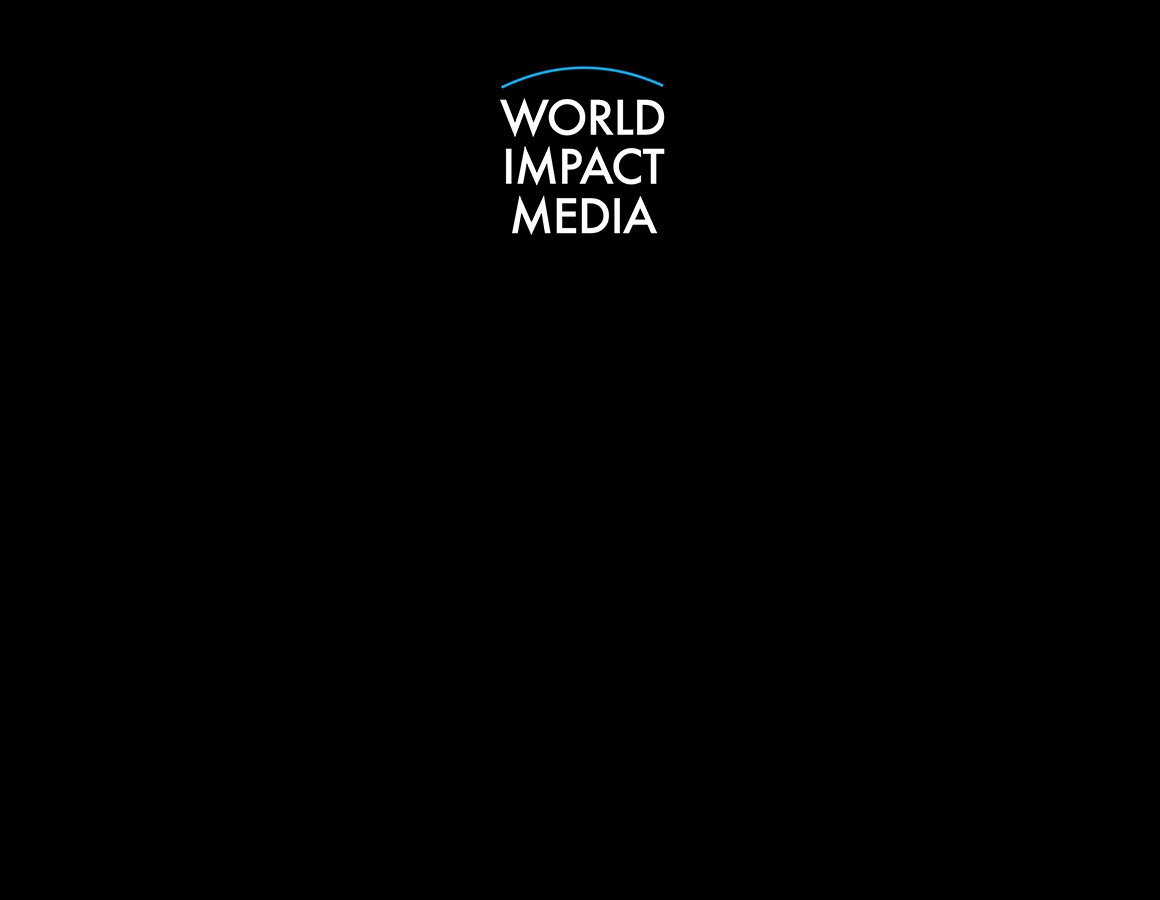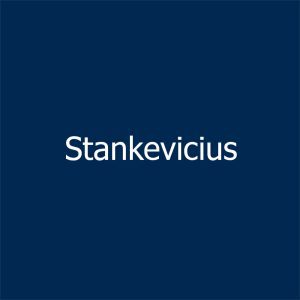Bernard Arnault, the longtime leader of LVMH and once the world’s richest man, has seen his net worth drop by $15.1 billion in 2025, as turbulence hits the luxury market in both the United States and China.
According to Bloomberg data as of April 12, Arnault’s fortune has declined 8.6% since January, despite a small daily bump of $1.91 billion. The downturn reflects deeper issues in the high-end consumer space, long considered resilient to economic pressure.
Market Jitters Hit LVMH Stock
LVMH, the globe’s largest luxury conglomerate and parent company to brands like Louis Vuitton, Dior, and Dom Pérignon, generated nearly €85 billion ($91.6 billion) in revenue in 2024, with the United States accounting for one-quarter of those sales. Yet 2025 has delivered a sobering reality check.
Since the inauguration of Donald Trump’s second term on January 20, LVMH shares have fallen almost 13%, sharply diverging from France’s broader CAC 40 index, which gained 3% over the same time.
With new American tariffs expected to be announced by April 17, luxury investors are bracing for impact. Fears of fresh import duties on European goods have already triggered a wave of stock sell-offs, especially in high-end fashion and accessories.
Optimism Fades Amid Political and Economic Strains
Arnault initially voiced optimism about renewed transatlantic trade relations, calling Trump’s return “a wind of optimism.” That optimism is now being tested as geopolitical tensions, rising inflation, and shifting consumer behavior cast a shadow over luxury’s global outlook.
The biggest red flag: China’s luxury appetite has cooled, with demand down 22% in 2024. Economic headwinds, a stronger savings culture, and evolving consumer values are prompting many Chinese shoppers to cut back on non-essential spending.
Meanwhile, American consumers are also stepping on the brakes. After a prolonged post-pandemic spending spree, signs of fatigue are emerging at the top end of the market. A growing segment of buyers is starting to question luxury pricing and brand innovation.
A Changing Landscape for Luxury Titans
Top-tier fashion houses, including LVMH, are revising their 2025 projections, anticipating slimmer margins and increased competition. Analysts say the days of automatic growth in the luxury sector may be behind us.
Still, LVMH isn’t standing still. The group is accelerating efforts in emerging luxury markets—from Southeast Asia to the Middle East—in a bid to diversify away from overdependence on China and the U.S.
Whether that strategy can fully offset current headwinds remains uncertain, but one thing is clear: the global luxury industry is entering a more cautious and competitive chapter.















